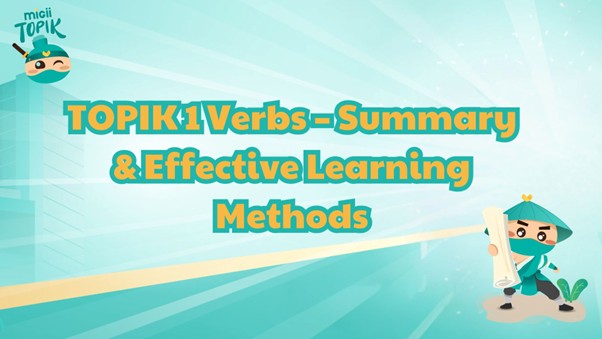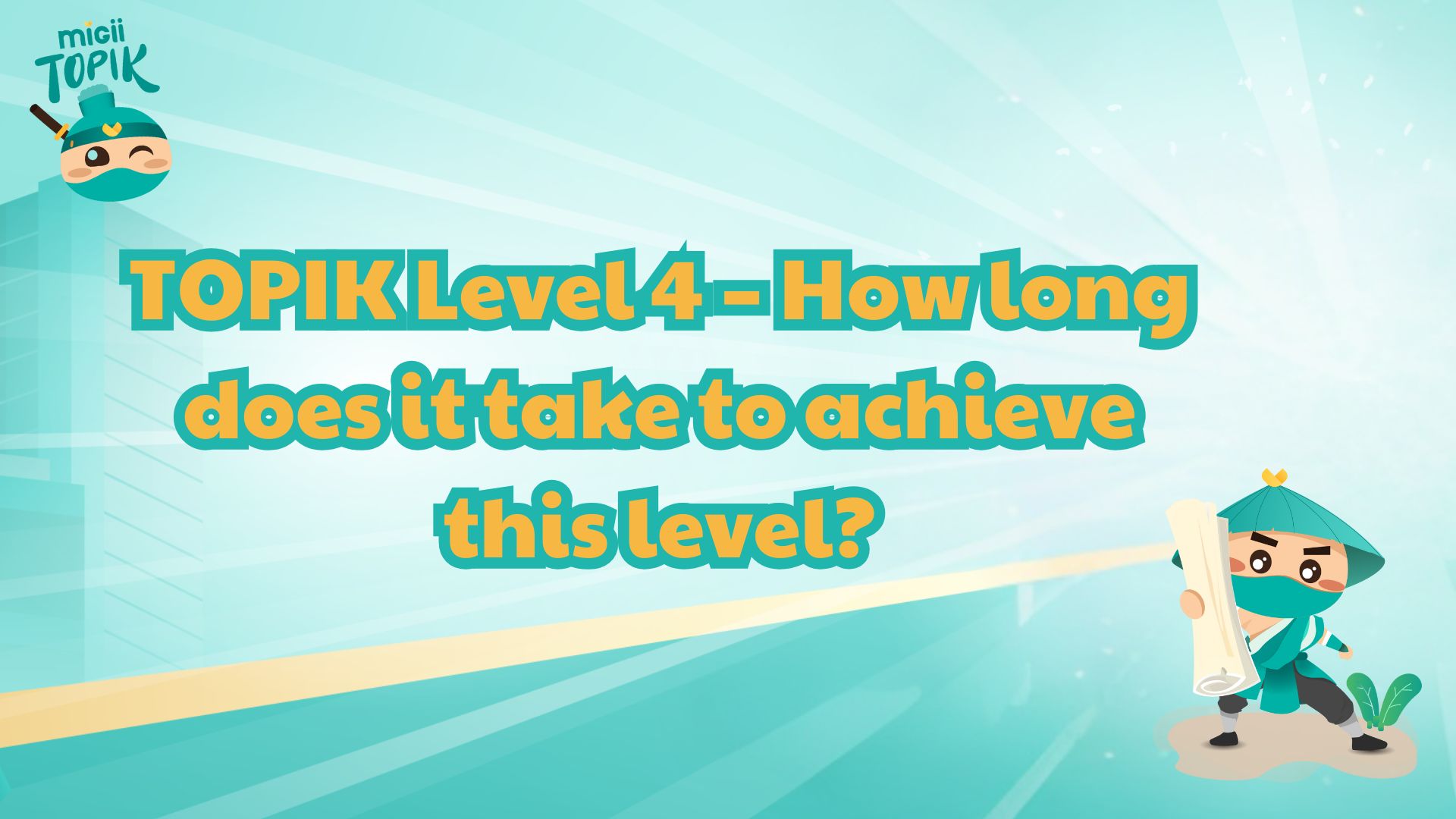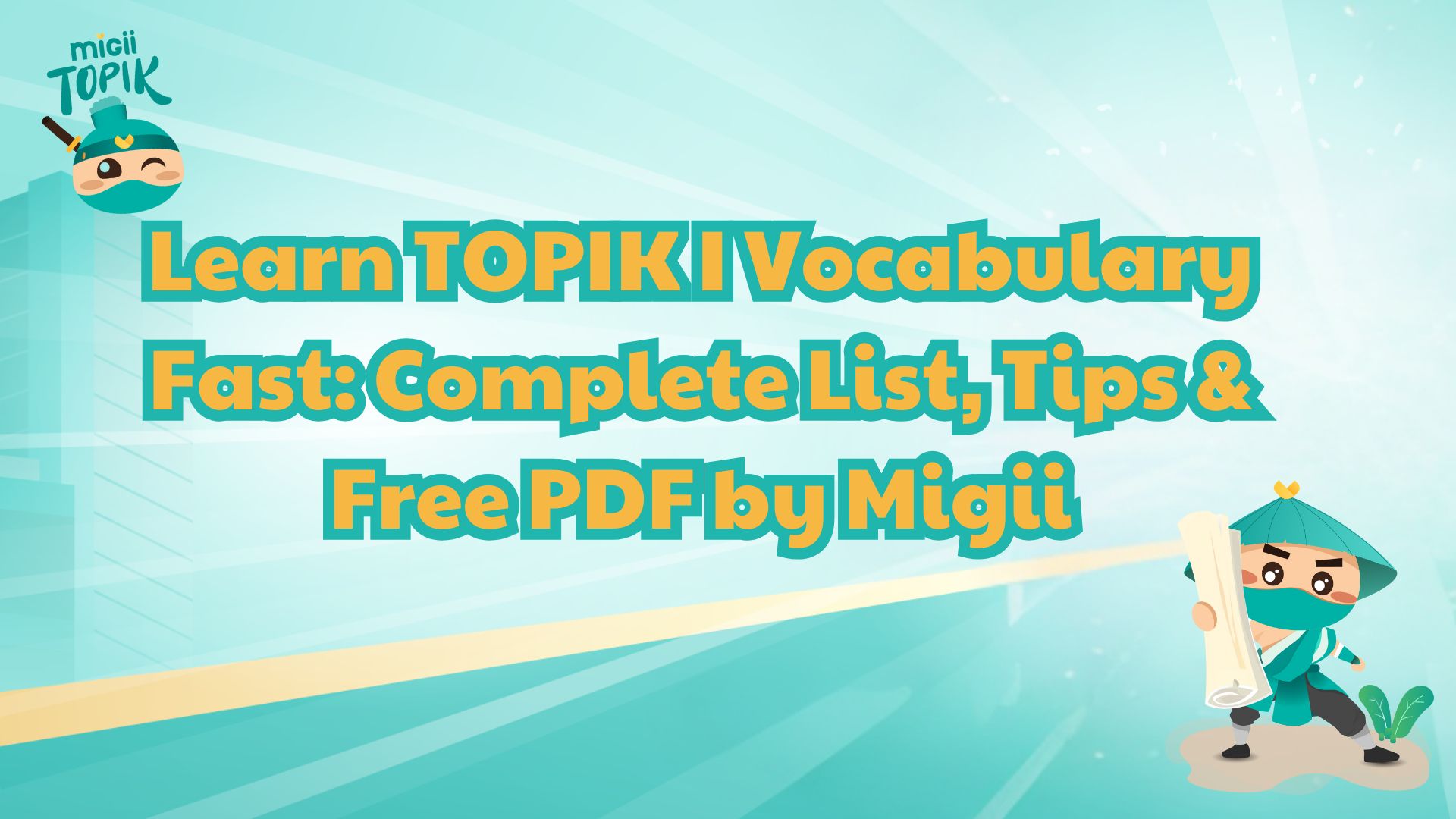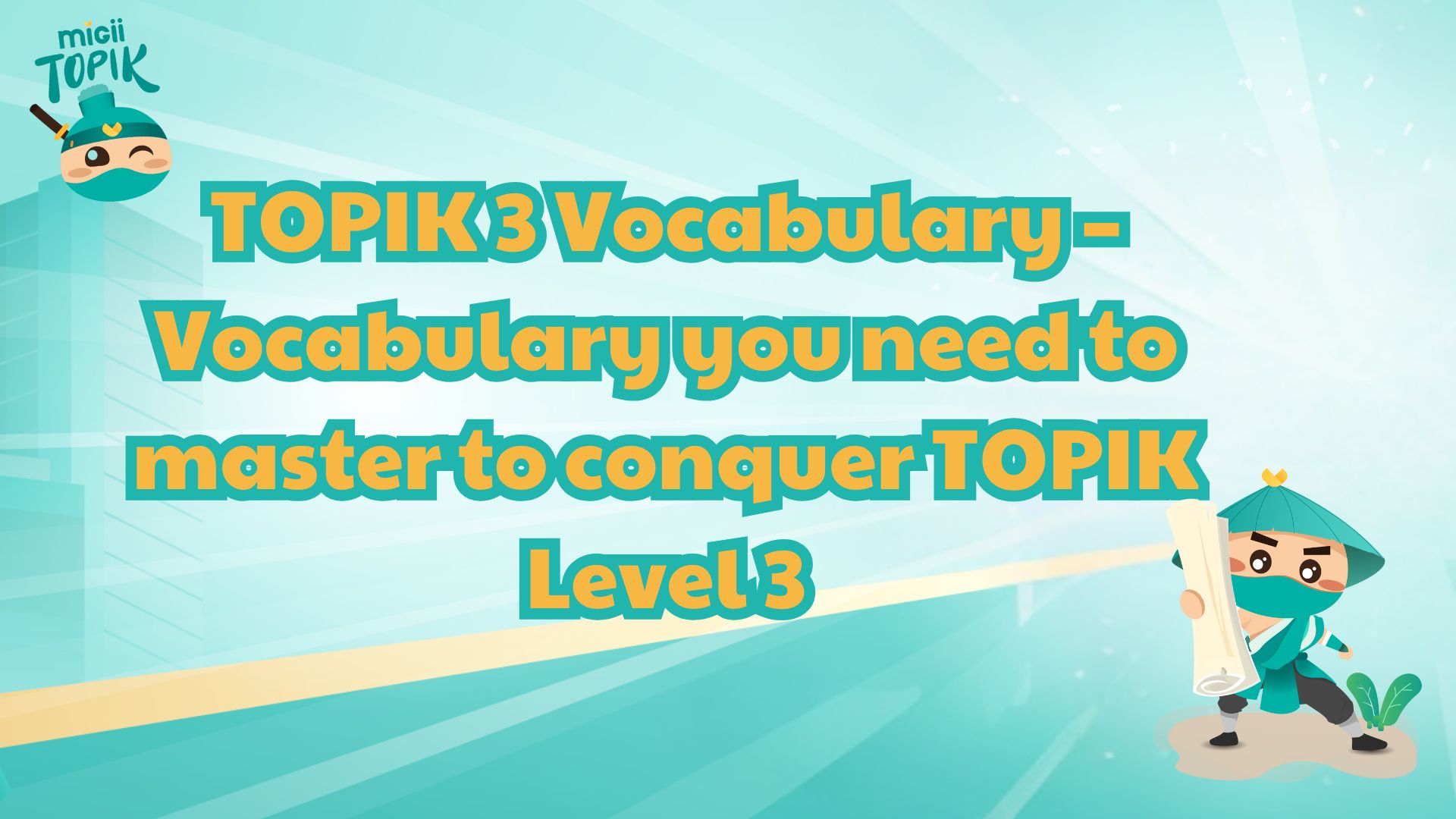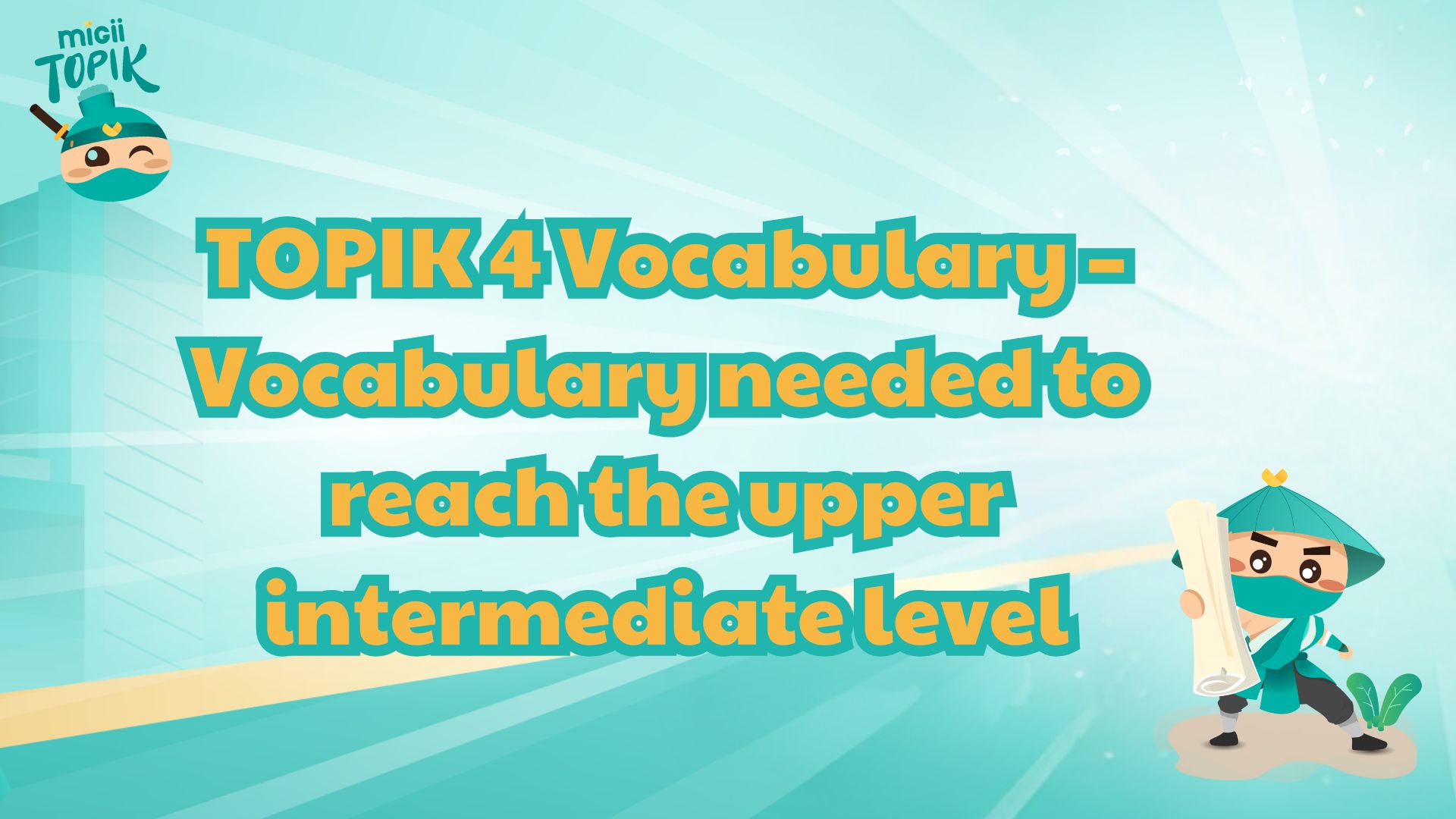Mastering JLPT N3 vocabulary is a crucial step toward passing the exam. With thousands of words to cover, success depends not only on effort but also on how you learn. In this article, Migii JLPT helps you understand how many words you need, why vocabulary matters, and how to make your study more effective.
JLPT N3 vocabulary
How Many Words Are in the JLPT N3 Vocabulary and Why Does It Matter?
The JLPT (Japanese Language Proficiency Test) consists of five levels. Among them, N3 is considered a key transitional stage. At this level, learners move from beginner to intermediate, beginning to engage with more complex sentence structures and applying Japanese in real-life situations.
JLPT N3 how many words do you need to learn?
To do well on the N3 exam, you’ll need to learn and remember around 3.750 to 4.000 words. This range might vary slightly depending on the textbook or resource you use. However, if you have a solid grasp of at least 3.500 JLPT N3 words and understand how to use them in the right context, you can approach the exam with confidence.
In addition to vocabulary, the N3 level also expects learners to be familiar with about 650 to 700 kanji characters, along with many important grammar patterns. Still, JLPT N3 vocabulary forms the foundation, as it directly influences your ability to listen, read, and choose the correct answers throughout the test.
Effective Study Materials and Apps for Mastering JLPT N3 Vocabulary
To build a strong foundation in JLPT N3 vocabulary, it’s essential to combine the right study files with helpful tools that support long-term retention. Below are several reliable resources used by many learners aiming to pass the N3 level.
Recommended PDF Materials and Vocabulary Drill Files
If you’re looking for focused study documents and exam-style materials, the following resources are well-suited for building up your JLPT N3 vocabulary effectively.
N3 JLPT Vocabulary List by Migii JLPT
A complete vocabulary list categorized by topic, presented in a clear and accessible format. You can also review and practice each word directly in the Migii app, making it convenient for structured study and repetition.
Link download JLPT N3 Word List PDF by Migii JLPT:
JLPT N3 Vocabulary File
Yosou Mondaishu N3
This collection offers predicted question sets designed in the style of the actual JLPT exam. It helps you get familiar with how vocabulary appears in real contexts and improves your response speed under timed conditions.
Link download Yosou Mondaishu N3:
Try N3 (Vietnamese Edition)
A combined study file that includes vocabulary, grammar, and detailed Vietnamese explanations. It’s especially helpful for those transitioning from N4 to N3 who want to understand how words are used in context while expanding their vocabulary.
Link download Try N3 (Vietnamese Edition):
Tanki Master JLPT Drill N3
This resource is ideal for short-term preparation. It focuses on intensive review through structured drills, helping you quickly absorb and apply JLPT level 3 vocabulary in a test-oriented format.
Link download Tanki Master JLPT Drill N3:
Tanki Master JLPT Drill N3
Helpful Apps for Vocabulary Learning
Apps can be a great supplement to PDF files, allowing you to practice JLPT N3 vocabulary consistently and interactively wherever you are.
Migii JLPT App
A multifunctional app that covers vocabulary, kanji, grammar, and mock test practice. With clear Vietnamese explanations and intuitive navigation, it’s especially supportive for Vietnamese learners preparing for the N3 level.
Anki
A popular flashcard app that uses spaced repetition to support long-term memory. You can use pre-made JLPT N3 vocabulary decks or create your own to focus on specific areas that need reinforcement.
LingoDeer and Bunpo
These apps offer structured Japanese lessons with vocabulary, grammar, pronunciation, and real-life sentence examples. They’re excellent tools for reinforcing your JLPT N3 words in a practical and engaging way.
Effective Ways to Learn JLPT N3 Vocabulary
Mastering nearly 4.000 JLPT level 3 vocabulary words may sound overwhelming at first, but with the right strategies and learning pace, it becomes much more manageable. Many learners have shared how frustrated they felt initially, but once they applied the following methods, their progress improved significantly.
Learn Vocabulary Through Context
One of the most effective ways to remember new words is by learning them in context. Instead of memorizing individual words, try placing them into full sentences, conversations, or realistic situations. This helps your brain create stronger associations, making it easier to retain JLPT N3 vocabulary over the long term.
Use Flashcards with Spaced Repetition (SRS)
Another powerful method is using flashcards combined with a spaced repetition system. Apps like Anki are highly recommended for learning JLPT N3 vocabulary, as they prompt you to review words just before you’re likely to forget them. This smart review system helps reinforce your memory efficiently.
Combine All Four Language Skills
It’s also important to engage multiple skills while studying. Rather than only reading or writing, try to include listening, reading, speaking, and writing in your routine. JLPT N3 vocabulary is not just about recognition; you need to understand the words and respond naturally in various contexts.
Strengthen Vocabulary Through Mock Exams
Practicing with mock exams is another essential step. It helps you get familiar with the actual test structure and evaluate how well you’ve memorized vocabulary in a realistic test setting.
You can start with the mock tests available on Migii JLPT’s N3 practice website, which closely follow the real exam format and include vocabulary review in relevant contexts. This hands-on approach makes it easier to retain and apply vocabulary under pressure.
Boost Practical Use with Listening and Speaking
Finally, make time for listening and speaking practice. Listening to Japanese podcasts daily, watching videos with subtitles, or joining study groups can significantly boost your ability to apply JLPT N3 vocabulary in real conversations. Exposure to native usage helps bridge the gap between studying and real-life communication.
Effective ways to learn JLPT N3 vocabulary
FAQ about JLPT N3 Vocabulary
If you are preparing for the JLPT N3 exam and wondering how to approach vocabulary study effectively, this section will answer the most common questions to help you stay on the right track.
How long does it take to master JLPT N3 vocabulary?
If you study fifteen to twenty new words each day, you can complete the JLPT N3 vocabulary set in about three to four months. Using flashcards, practicing regularly, and learning through the Migii JLPT app will help reinforce and apply vocabulary more effectively.
Should I learn vocabulary alone or combine it with grammar and kanji?
It is best to study vocabulary alongside grammar and kanji. The JLPT exam often links these elements together. Knowing the meaning of a word but missing its grammar pattern or kanji form could lead to wrong answers. Learning them together ensures better comprehension and stronger test performance.
Are vocabulary books enough to pass the JLPT N3?
Vocabulary books are important, but not enough on their own. You should also review grammar, study Kanji, practice listening, and take mock tests to build real-world usage and exam readiness.
You can try a free JLPT N3 mock test to assess your vocabulary skills and overall readiness on the Migii JLPT practice website.
Conclusion
Mastering JLPT N3 vocabulary is a key factor in successfully passing the N3 exam. This article has covered everything from how many words for JLPT N3 you need to learn and effective memorization techniques to reliable study materials. To kickstart your preparation with a clear and structured approach, you can visit the Migii JLPT website for study guides, vocabulary lists, and realistic mock tests. Start today and move one step closer to your JLPT N3 goal!

